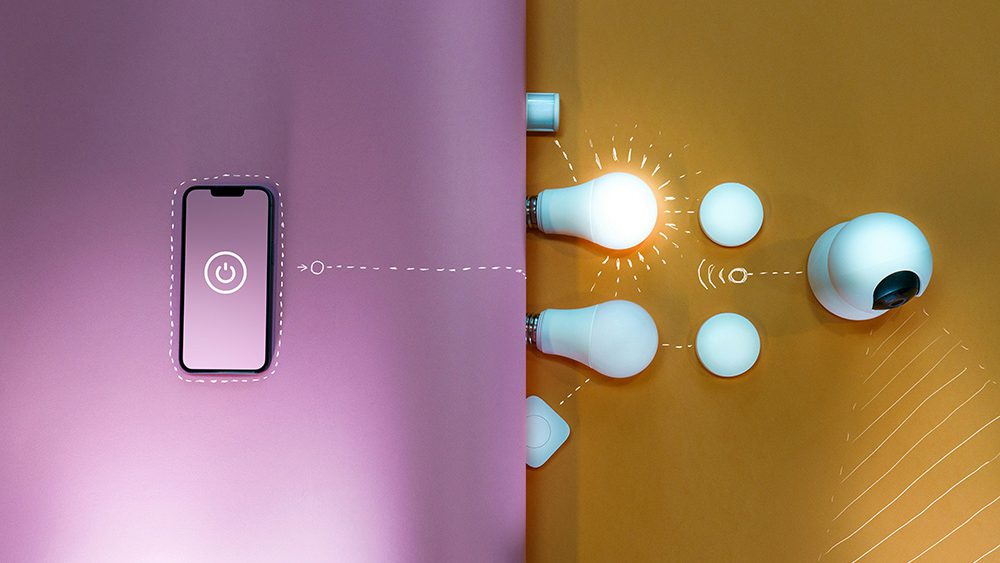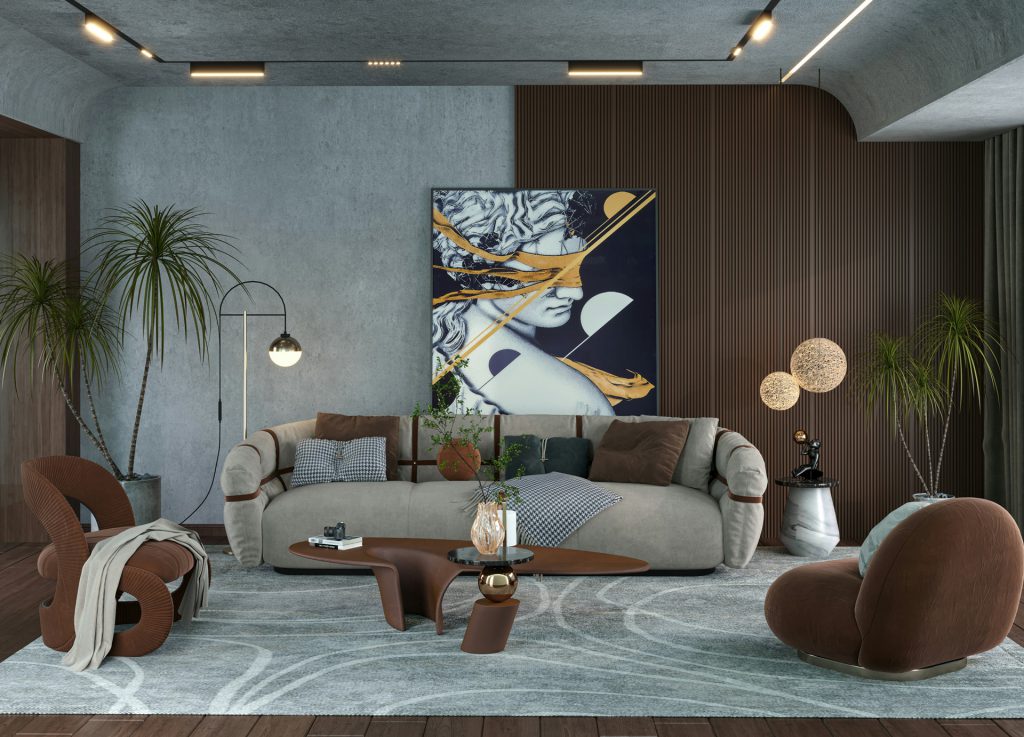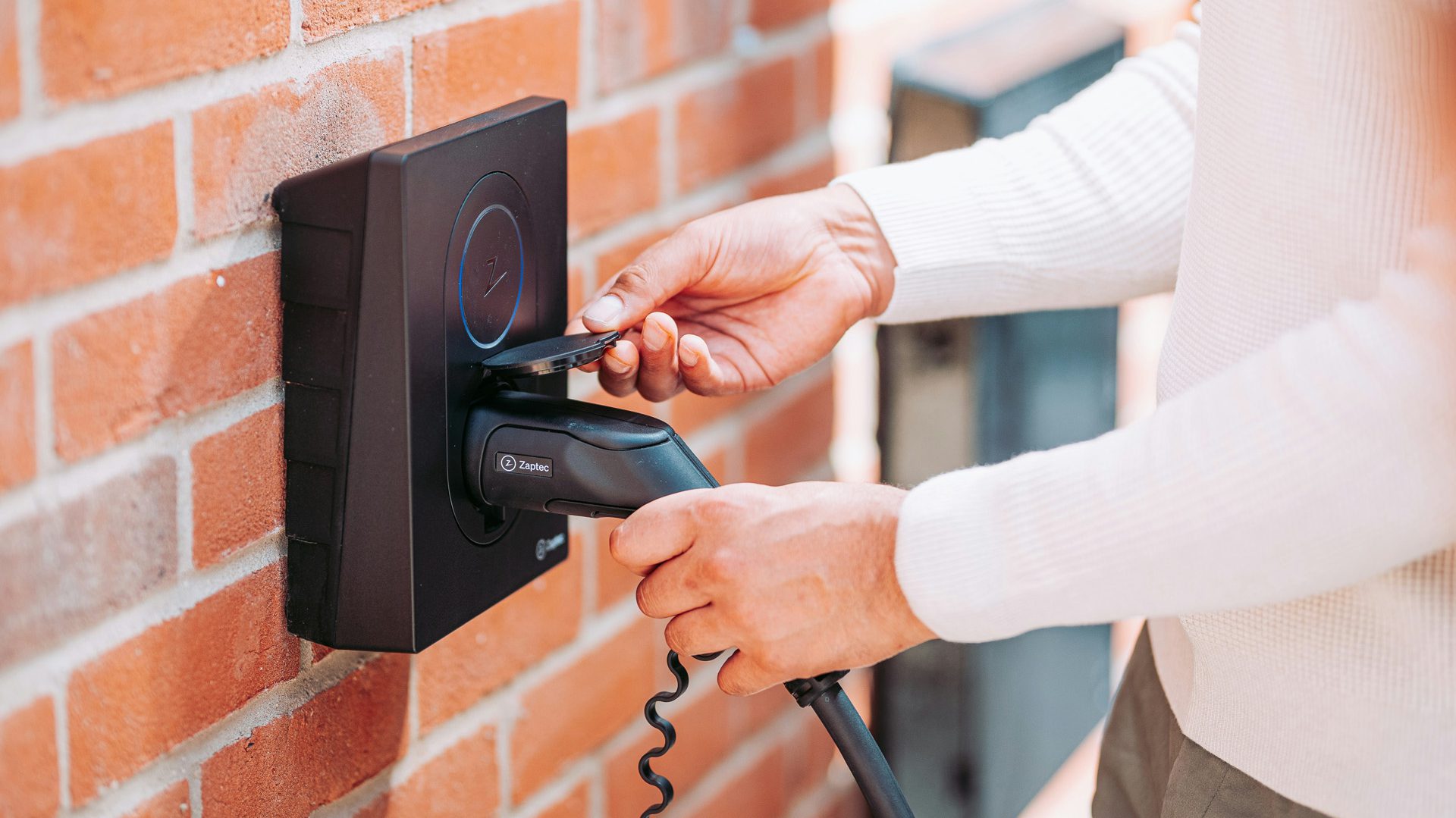The Self-Builder’s Home Technology Integration Guide
Smart home technology has evolved from luxury to necessity, with proper planning potentially saving 30-50% on installation costs while future-proofing homes for decades. Based on extensive research across UK self-builders, professional installers, and regulatory guidance, this guide covers essential technology infrastructure for self-builders.

Heating controls redefine efficiency in modern builds
The 2022 Building Regulations Part L update mandates 55°C maximum flow temperatures for all new heating systems, fundamentally changing how UK self-builders must approach heating controls. This requirement ensures heat pump readiness while improving energy efficiency across all heating types.
Smart zoning delivers personalized comfort
Honeywell Evohome leads the market with 12-zone capability and Advanced Load Scaling technology, though at £1,300 for a full system. For budget-conscious builders, Tado V3+ offers excellent value at £704 for 12 TRVs, with OpenTherm compatibility ensuring 10-15% energy savings through weather compensation. Hive provides the sweet spot for beginners at £400-600, backed by British Gas’s support network.
Underfloor heating controls from UK manufacturers Heatmiser and Warmup dominate the market, with WiFi-enabled systems starting from £300. Professional installation typically adds 40-50% to equipment costs but ensures Boiler Plus compliance and optimal performance.
Critical first-fix decisions shape long-term success
Star wiring from a central manifold location proves essential, requiring 5-core cable for multi-zone systems and separate circuits for high-power UFH installations. BuildHub forum members consistently report that inadequate first-fix planning leads to £1,000+ additional costs during second-fix.
Lighting design transforms ambiance and efficiency
UK electrical regulations underwent significant updates with BS 7671:2018+A2:2022, requiring metal cable supports throughout all installations. This change affects every self-builder, as plastic clips no longer meet fire safety requirements.
Control systems span basic to brilliant
Professional-grade systems like Lutron RadioRA 3 (£3,000-8,000) offer exceptional dimming performance and finish options, while UK-manufactured Rako provides comparable functionality at lower cost. For whole-house integration, KNX remains the gold standard despite higher initial investment.
DALI (Digital Addressable Lighting Interface) emerges as the future-proof choice for larger homes, supporting individual control of 64 devices with bi-directional communication. Installation requires specialist knowledge but delivers unmatched flexibility.
Circuit planning prevents costly retrofits
Modern homes require 3-4 lighting circuits minimum per room, enabling scene control and energy optimization. The shift to LED technology demands trailing-edge dimmers for flicker-free operation, with 2.5mm² cable recommended for future-proofing despite 1.5mm² meeting current requirements.
Professional electricians charge £150-300 daily, with specialist control system programmers commanding £300-500. However, attempting complex installations without proper certification voids insurance and violates Part P regulations.
Security systems balance protection with compliance
Grade 2 BS EN 50131 certification has become the insurance industry standard, requiring professional installation by NSI or SSAIB certified companies. This eliminates most DIY options but ensures police response eligibility and insurance premium reductions up to 20%.

Wired systems outperform wireless for reliability
Texecom Premier Elite and Pyronix Enforcer V11 dominate professional installations, offering expansion capabilities and smart home integration. Costs range from £800-1,500 installed for standard 4-bedroom homes. Wireless systems like Ajax provide flexibility but require battery maintenance and suffer from potential signal interference.
CCTV systems from Hikvision lead the market with 4K ColorVu technology, though GDPR compliance requires careful positioning to avoid capturing public areas. Professional installation ensures compliance while maximizing coverage effectiveness.
Integration unlocks comprehensive protection
Modern platforms like Control4 (£1,500-3,000+) and Loxone enable sophisticated automation, linking security with lighting, heating, and access control. These systems automatically adjust heating when armed, activate lights during alerts, and provide unified smartphone control.
Network infrastructure powers the connected home
The rapid evolution to WiFi 6E and emerging WiFi 7 standards makes robust cabling infrastructure critical. Cat6a has emerged as the new minimum standard for self-builds, supporting 10Gbps over full 100m runs while maintaining PoE++ compatibility for future devices.
Professional-grade WiFi outperforms consumer mesh
Ubiquiti UniFi systems dominate UK self-builder forums, offering enterprise features at prosumer prices. The U6-Pro at £199 provides WiFi 6 coverage for 100-150m², with PoE+ eliminating separate power requirements. Proper planning requires one access point per floor minimum, with additional units for larger areas.
UK broadband infrastructure continues expanding, with Openreach FTTP reaching 77.84% of premises by 2025. Alternative providers like CityFibre offer competition in urban areas, while rural properties increasingly rely on Starlink satellite broadband at £75 monthly for reliable connectivity.
Structured cabling eliminates wireless limitations
Professional installation costs £200+ per outlet but ensures reliable performance for decades. The star topology from a central cabinet location enables easy troubleshooting and future modifications. Budget-conscious self-builders report saving 60-80% through DIY installation, though professional testing remains advisable.
Common mistakes include underestimating outlet requirements (plan for 2-4 per room), poor cabinet location selection, and inadequate PoE planning for security cameras and access points.

Audio-visual infrastructure enhances entertainment and value
Multi-room audio has evolved from luxury to expected amenity, with Sonos dominating the consumer market at £849 per zone including ceiling speakers. Audiophiles prefer Bluesound for high-resolution support, while Control4 becomes cost-effective beyond 3-4 zones
Home cinema demands meticulous planning
Modern Atmos/DTS:X systems require precise speaker placement and substantial infrastructure. A basic 5.1.2 installation needs nine speaker cable runs plus dual subwoofer connections. HDMI 2.1 cables support 4K@120Hz gaming and 8K content, though runs beyond 15m require active cables or HDBaseT solutions.
UK-specific considerations include TV Licensing requirements (£159 annually) regardless of viewing method, Freeview and potential planning restrictions on satellite dishes. Building Regulations now mandate fire-resistant cable supports throughout, affecting all installations.
Professional calibration maximizes investment
CEDIA-certified installers charge £40-80 hourly but ensure optimal performance through proper acoustic treatment and calibration. New Wave AV Budget £5,000-8,000 for basic multi-room audio, £9,000-16,000 for dedicated home cinema, or £20,000+ for comprehensive whole-house integration.
Integration strategies maximize system value
Successful technology integration requires treating the home as a complete ecosystem rather than isolated systems. Early coordination between trades prevents conflicts and enables shared infrastructure.
Key integration opportunities include:
- Heating/Security: Automatic temperature setback when armed
- Lighting/Security: Scene activation during alerts
- AV/Lighting: Automated cinema modes
- Network/Everything: Unified app control and remote access
First-fix coordination proves crucial
Schedule a pre-wire meeting with all technology contractors before first-fix begins. This £500-1,000 investment in planning prevents thousands in remedial work. Document all cable runs, create detailed as-built drawings, and maintain equipment schedules for future reference.
Budget planning and phasing strategies
Technology infrastructure typically requires 5-10% of total build budget, with costs varying dramatically based on system complexity:
- Basic: £5,000-10,000 (simple controls, basic networking, standard security)
- Comprehensive: £15,000-25,000 (multi-zone heating, scene lighting, integrated security, distributed audio)
- Premium: £30,000-50,000+ (full automation, dedicated cinema, premium finishes)
Phasing enables manageable investment
- Infrastructure first: Install all cabling, conduits, and back boxes during build
- Essential systems: Basic heating controls, security, and networking
- Enhanced comfort: Multi-room audio, advanced lighting control
- Luxury additions: Home cinema, full automation integration
Future-proofing protects long-term value
Technology evolves rapidly, but quality infrastructure lasts decades. Key strategies include:
- 25-30% spare capacity in all cable runs and cabinets
- Conduit installation for easy cable updates
- Modular systems enabling gradual expansion
- Standard protocols avoiding proprietary lock-in
- Regular updates maintaining security and functionality
The UK’s push toward net-zero homes makes smart controls increasingly important. Heat pump adoption, solar integration, and energy monitoring will become standard, making robust infrastructure essential.
Getting the tech instal right is all in the planning
Successful home technology integration demands early planning, quality infrastructure, and careful system selection. While the complexity can seem overwhelming, breaking projects into logical phases and working with certified professionals ensures optimal results. The investment in proper technology infrastructure not only enhances daily living but significantly increases property value and marketability.
Remember: technology systems are only as good as their installation. Prioritize infrastructure quality over flashy equipment, plan for future expansion, and always ensure regulatory compliance. With thoughtful planning and implementation, UK self-builders can create homes that are comfortable, efficient, and ready for decades of technological evolution.
